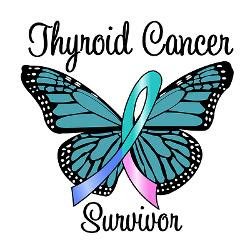When you are given your prescription(s) to fill, it is important that you are able to check it, so as to make sure everything is done right and will not cause any hold-ups in getting filled.
We would think that Doctors will make sure to write the prescription correctly, however, we know that doctors are busy, they may be interrupted during the writing of an RX, and that one missed part of the prescription checklist will only send you back to the doctor's for a complete prescription.
Security prescriptions require that the patient turn them in by hand; these can not be called in. So let's go over what needs to be checked by the patient.
1. The prescribing doctors information.
2. Your name.
3. Your date of birth
4. Medication name (Example-Vicodin)
5. Medication dosage (milligrams)
6. Medication route (By mouth--PO)
7. Medication directions (Take one every 4hrs.)
8. Medication quantity (This is easily forgotten to be checked)
9. Refill information; (Security RX's do not allow refills)
9. Date (For fill)
10. Doctors Signature
Now after you have checked the above, make a double check of the exact dosage, directions, and quantity.
If the prescription was written in 'longhand', it would be on a longgggg prescription paper!! Becoming familiar with Medical-speak; i.e., those strange looking, hard to read scribbles, is a huge advantage for you to know.
So, lets go over some of the common 'shorthand' used in prescriptions:
Vicodin 10/325mg., PO, take one q 4, #120. This simply says the name of the medication, the dosage, the route, the directions, and the quantity These are the main 4 items to check on your prescriptions.
I am looking for a prescription example to put up, and will do so asap.
Hope this has let you learn about checking your prescriptions before they are filled. This ability will allow you to perform a final check before leaving your doctor's office with any prescriptions.
Gentle Hugs.... and Stay strong ~just for today~
Friday, November 4, 2011
Subscribe to:
Post Comments (Atom)



Good information Shauna!
ReplyDeleteVery good information! Thanks for sharing this!
ReplyDeleteShauna,
ReplyDeleteGreat post! Anyone who has ever had to go back to their doctor for a corrected script knows what a problem that can be. The time, energy and hassle involved (not to mention the potential for being without medication in the interim) make it well worth checking scripts while still at the office.
Many years ago, I worked in a pharmacy. When I started that job, I was totally overwhelmed learning all the sig codes and figuring out how to interpret the all-too-often messy handwriting on the scripts. Once I did so, though, it became very helpful for me - for checking my own prescriptions and understanding the written instructions on them!
Jeanne
Mo! Thanks honey!! ;) ((((((Hugs))))))
ReplyDeleteJeanne, Great point about possibly being without your meds while you run around getting the script(s) fixed if you don't know what all to look for. Big Hugs to you (((J)))!!!